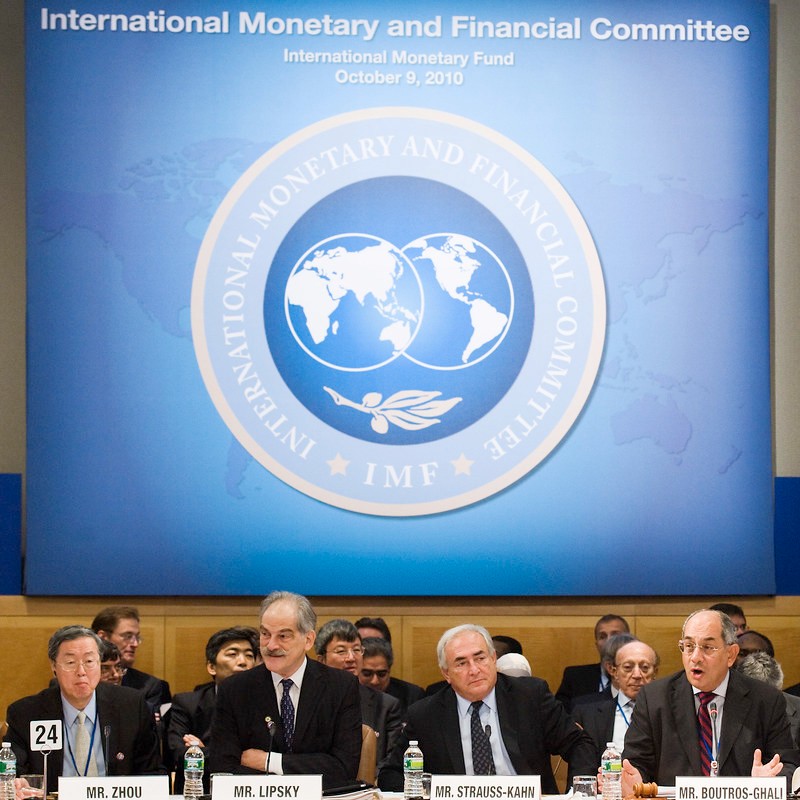Published:
The International Monetary Fund (IMF) has had an extremely busy year, thanks to the COVID-19 pandemic. The COVID-19 pandemic has caused the IMF to respond to situations faster than ever before, and with new and innovative responses. The IMF is made up of 190 countries, including the United States, China, and the U.K., which are all original members. In the early weeks of the pandemic, the IMF saw more than 100 countries request their financial assistance, which led to the approval of $8.7 billion in emergency financing.
The IMF has created a few new ways for it to help countries during this difficult time. For starters, the IMF has worked with countries to adjust existing lending agreements. The lending and extended payment time period aim to give countries more time and space to implement adjustment policies in a safe and organized manner. Policies for lending are varied on a country-by-country basis.
Another way the IMF has stepped up to help countries in need is by enhancing its liquidity and approving a Short Term Liquidity Line (SLL) to strengthen financial safety for countries all around the globe. The SLL was created to provide “swap-like” liquidity support for countries for up to 12 months. SLL allows repeated purchases and repurchases on agreements, at a low cost. The SLL has a unique fee structure, that is more affordable than other options like the Flexible Credit Line.
Debt relief has also been a large concern for the countries and the IMF. The IMF has extended debt relief services to 29 of the world's poorest countries through the Catastrophe Containment and Relief Trust (CCRT). There have also been calls for bilateral debt relief, to which IMF leaders suggested that private-sector creditors should grant debt payment forbearance.
Overall, one of the greatest tools that the IMF has been able to provide to struggling countries is policy advice. The IMF has a wide view of policy advice, and it is able to see the overall impact of COVID-19 across the world. Its actions and advice have helped numerous countries stay financially afloat over the last year, and it will continue to do so as the world starts to recover from the impacts of COVID-19.
File under






